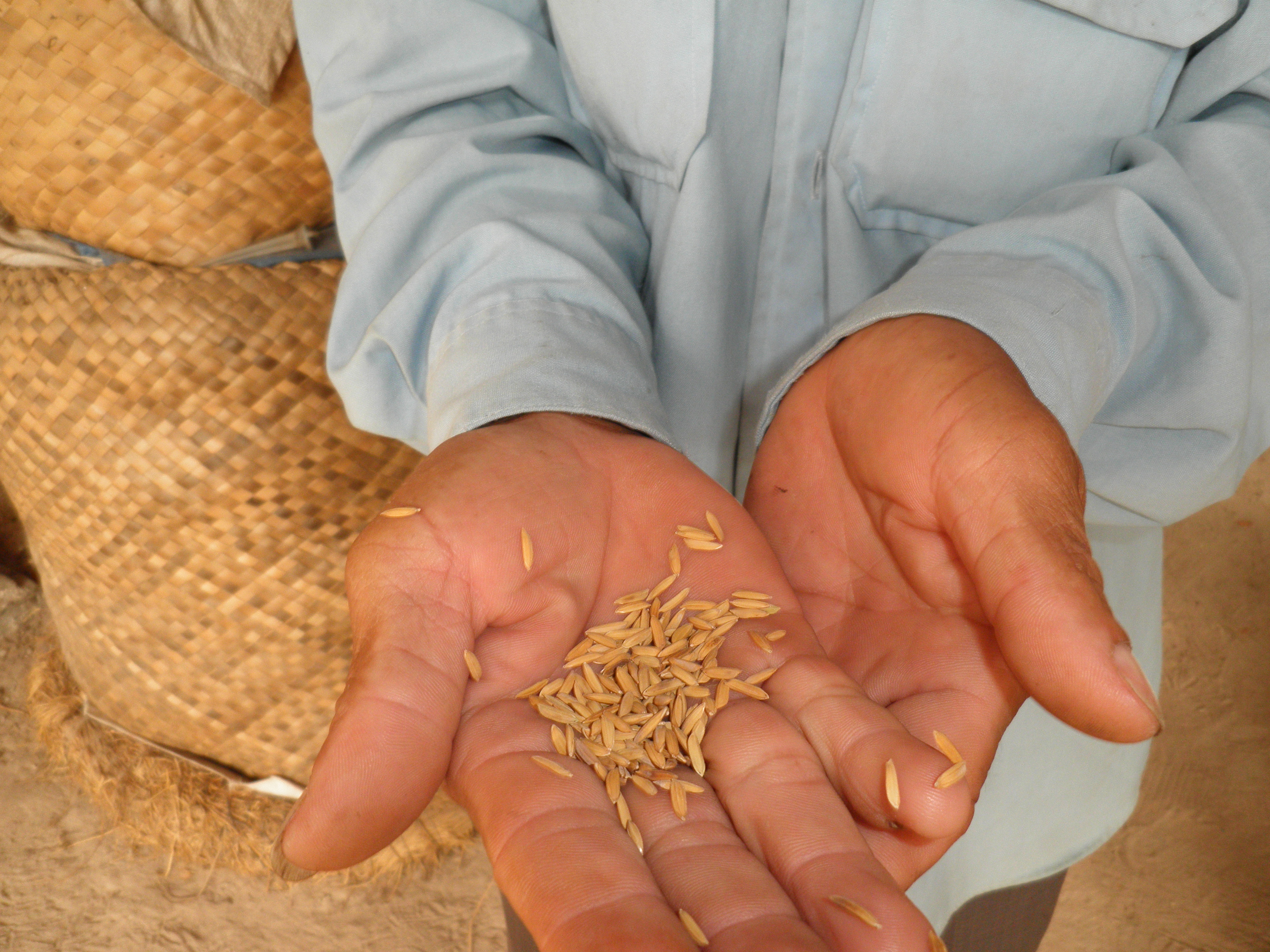
OLYMPUS DIGITAL CAMERA
Developing agricultural microfinance (AMF) addresses two main issues in development finance: first, to ensure that small farmers have access to credit for production expenses; and second, to address the risks involved in agricultural production. Risks is agricultural production is so high that most formal financial institution do not venture in the agricultural sector, leaving government banks and the informal money lenders to serve this sector. Developing AMF products involved several activities:
- The Market Study includes market-understanding research to determine the features of the loan products. It will also provide information of the specific agricultural commodities that can be financed. It also includes a risk profile identifying various risks related to the commodities and the coping mechanisms to address the risks.
- During the Product Development Workshop, information from the market study are used to develop the “product architecture” – the features of the loan product fit to the needs of the clients and the production cycle of the commodities identified for financing. It shall also review of the loan process.
- The Pilot testing is the phase where the product prototype designed during product development workshop will be implemented in a limited scale, say a branch, to check its applicability. Monitoring and coaching sessions are done during this period to check the development, the variance in the features and processes and other observations that will enhance the product. Refinements in the features and the process can be done during this phase.
- The final phase is the Mainstreaming where the tested products will be installed in all operating units of the financial institution.
Based on our experience, AMF loan products are appreciated by the farmers because the loan term is fit to the production period and the harvest season, and they understand the production cost of each agricultural commodity. On the part of the credit staff, the commodity profile assisted them in speeding up the loan appraisal process. It became easier for them to determine loan amount based on the production activities in the commodity profile.
In mainstreaming AMF, there are several pointers that have to be strictly observed. Agricultural production should be treated as a separate economic activity that requires a specific loan product. Agribusiness or enterprises that are not directly related to the production process like trading, provision of inputs and the like should be categorized under enterprise or business loan and not as part of AMF. Portfolio management should prescribe percentage allocated for AMF, taking into consideration the suitability of the area to agriculture (irrigated or not), the frequency of natural calamities and other factors.
